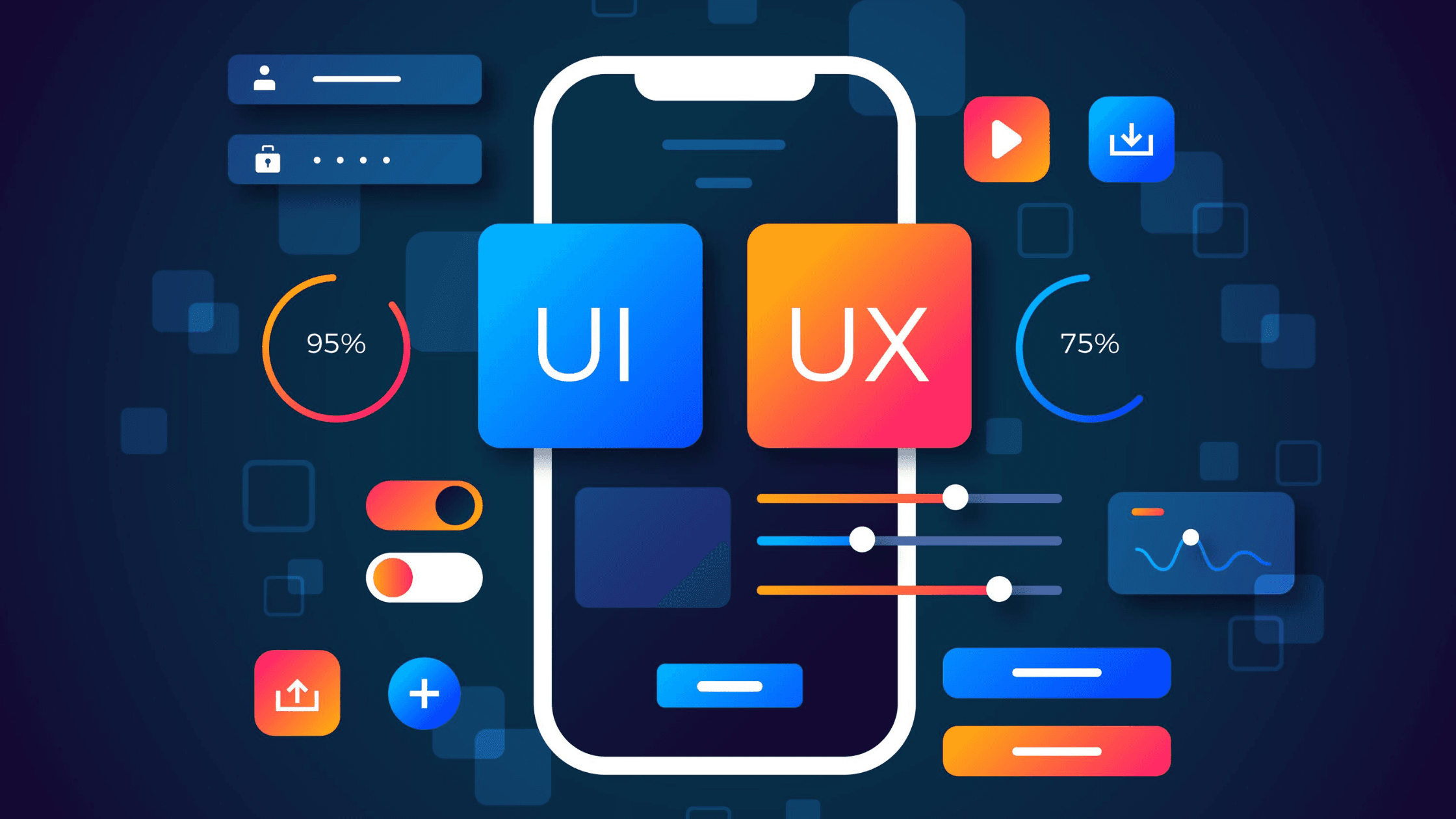Agencia 92: Your Source for Trending News
Stay updated with the latest insights and stories that matter.
Why Your UI Makes or Breaks Your User's Day
Discover how your UI impacts user happiness and productivity—transform their day with design that delights and engages!
How Poor UI Design Can Overwhelm Your Users: A Deep Dive
The impact of poor UI design on user experience cannot be overstated. It can lead to confusion, frustration, and ultimately, disengagement. When users encounter a cluttered interface with overwhelming elements, their ability to navigate effectively diminishes significantly. UI elements such as buttons, forms, and navigation menus must be intuitive and responsive; otherwise, users may feel lost, leading to a high bounce rate. Consider the importance of simplicity in design—less is often more. A clean layout encourages users to focus on key actions rather than getting distracted by unnecessary graphics or information.
Moreover, poor UI design can create a sense of cognitive overload. This happens when users are faced with too many options or unclear actions, which can lead to decision paralysis. According to psychological studies, people tend to make better choices when presented with fewer, well-defined options. To avoid overwhelming your users, leverage white space, prioritize essential functions, and maintain a logical visual hierarchy. By doing so, you can guide users seamlessly through their journey, enhancing their overall engagement and satisfaction with your platform.

The Power of Intuitive Interfaces: Transforming User Experience
The advent of intuitive interfaces has revolutionized the way users interact with technology, making digital experiences smoother and more enjoyable. By minimizing complexity and promoting accessibility, these interfaces allow users to navigate applications and websites with ease, reducing the learning curve typically associated with new software. When users can intuitively anticipate how to interact with a system, it significantly enhances their overall user experience. Supporters of this design philosophy often cite improved customer satisfaction and retention as a direct outcome of prioritizing intuitive elements in their projects.
Moreover, the impact of intuitive interfaces extends beyond individual user interactions; they play a crucial role in driving conversions and ensuring business success. For example, an intuitive e-commerce platform can guide users through the purchasing process without unnecessary distractions or confusion. In a recent study, it was shown that businesses with user-friendly interfaces saw a 75% increase in conversion rates. As we continue to embrace innovative design solutions, it is clear that intuitive interfaces are a key factor in transforming the modern user experience.
Is Your UI Killing User Engagement? Signs to Look For
In the digital landscape, user engagement is crucial for the success of any website or application. If your UI (User Interface) isn’t designed effectively, it might be killing user engagement without you even realizing it. Signs to look for include high bounce rates, low session durations, and incomplete user journeys. These indicators suggest that users are either not finding what they need or are frustrated by the design, ultimately leading to diminished interaction and interest.
Another critical sign that your UI might be hindering user engagement is feedback from your audience. If users consistently express confusion, frustration, or dissatisfaction with their experience, it’s time to take a closer look. Consider conducting user testing or surveys to gather insights. Additionally, keep an eye on metrics such as click-through rates and conversion rates; if these are steadily declining, your interface could be a contributing factor that needs urgent attention to improve overall engagement.